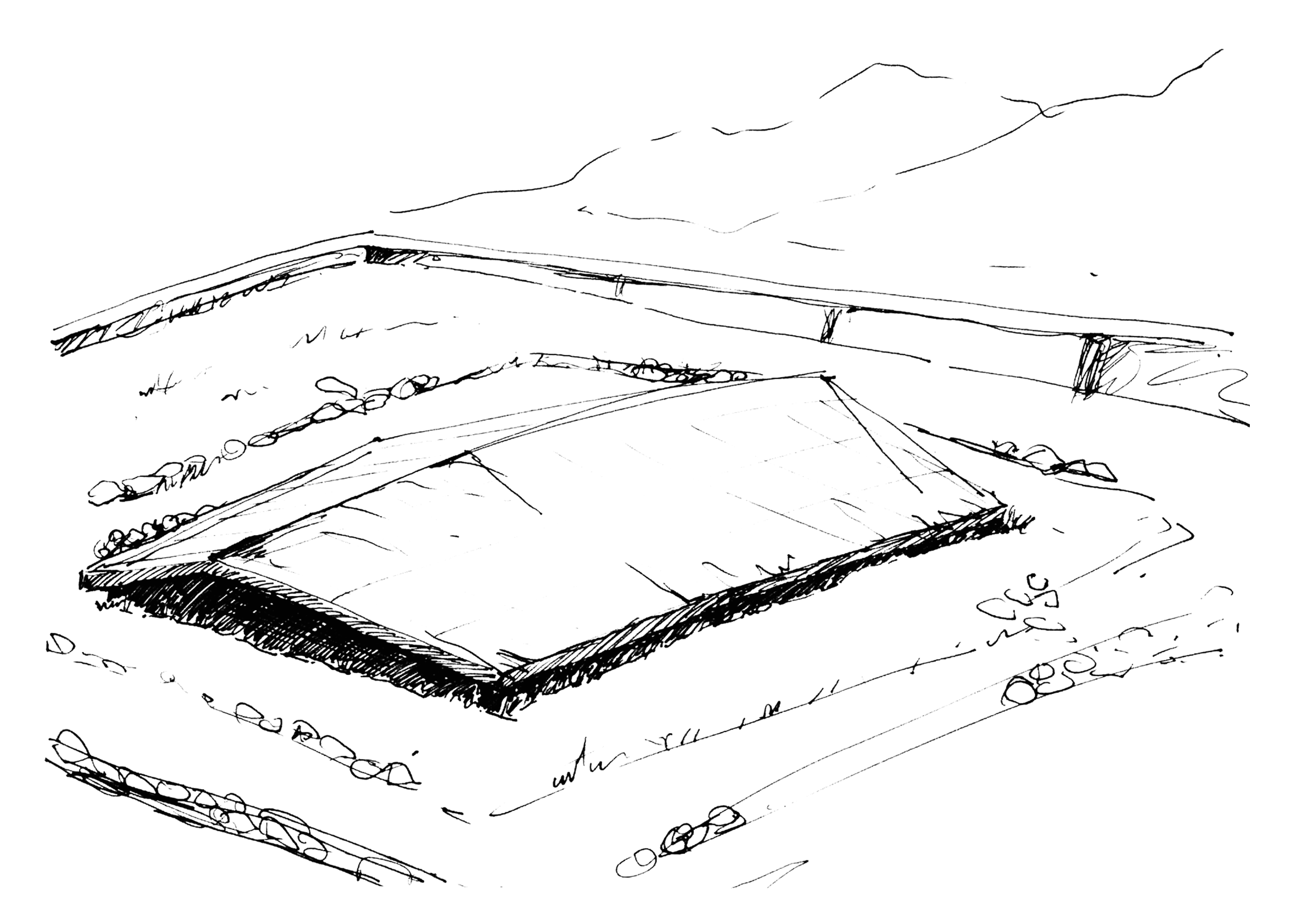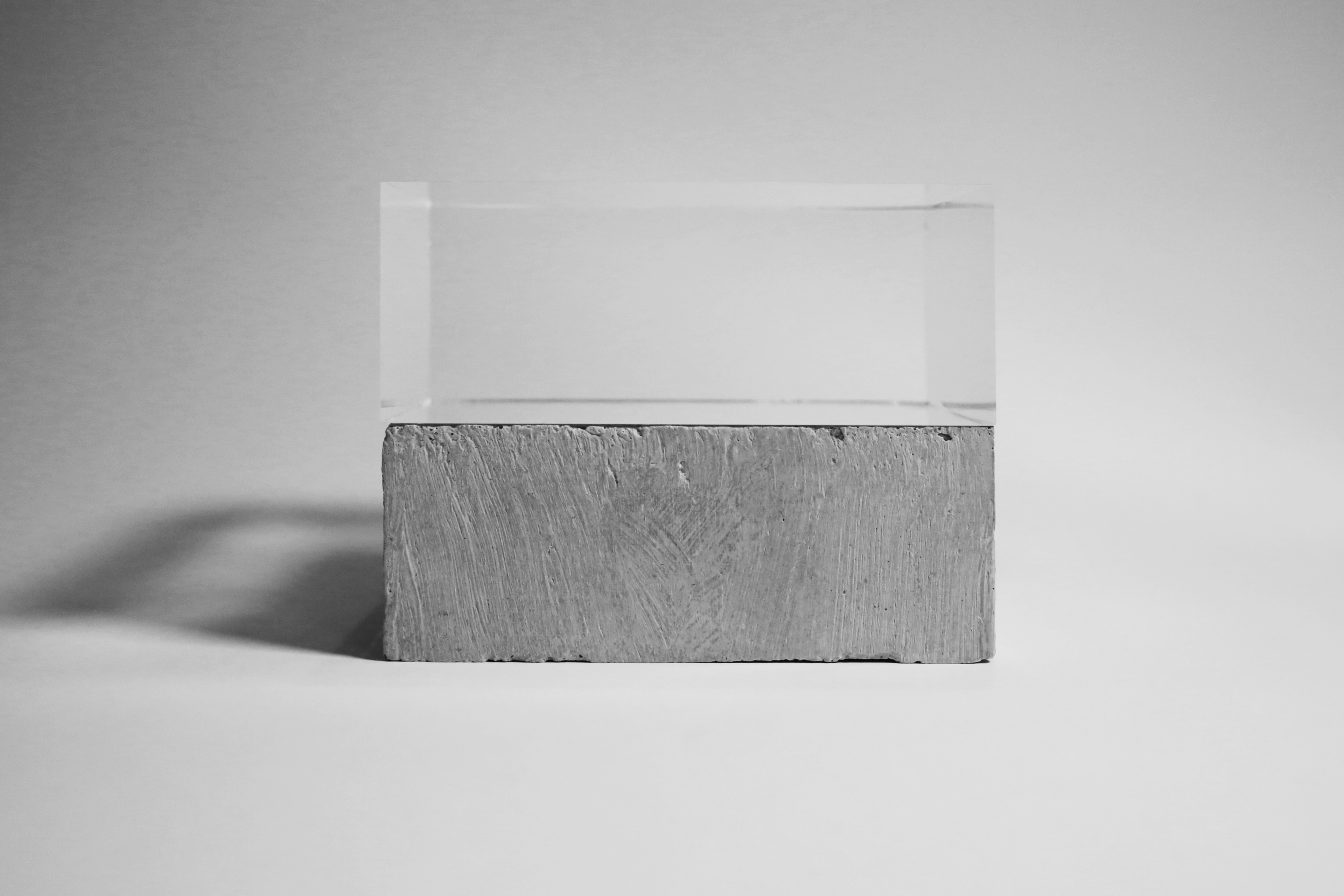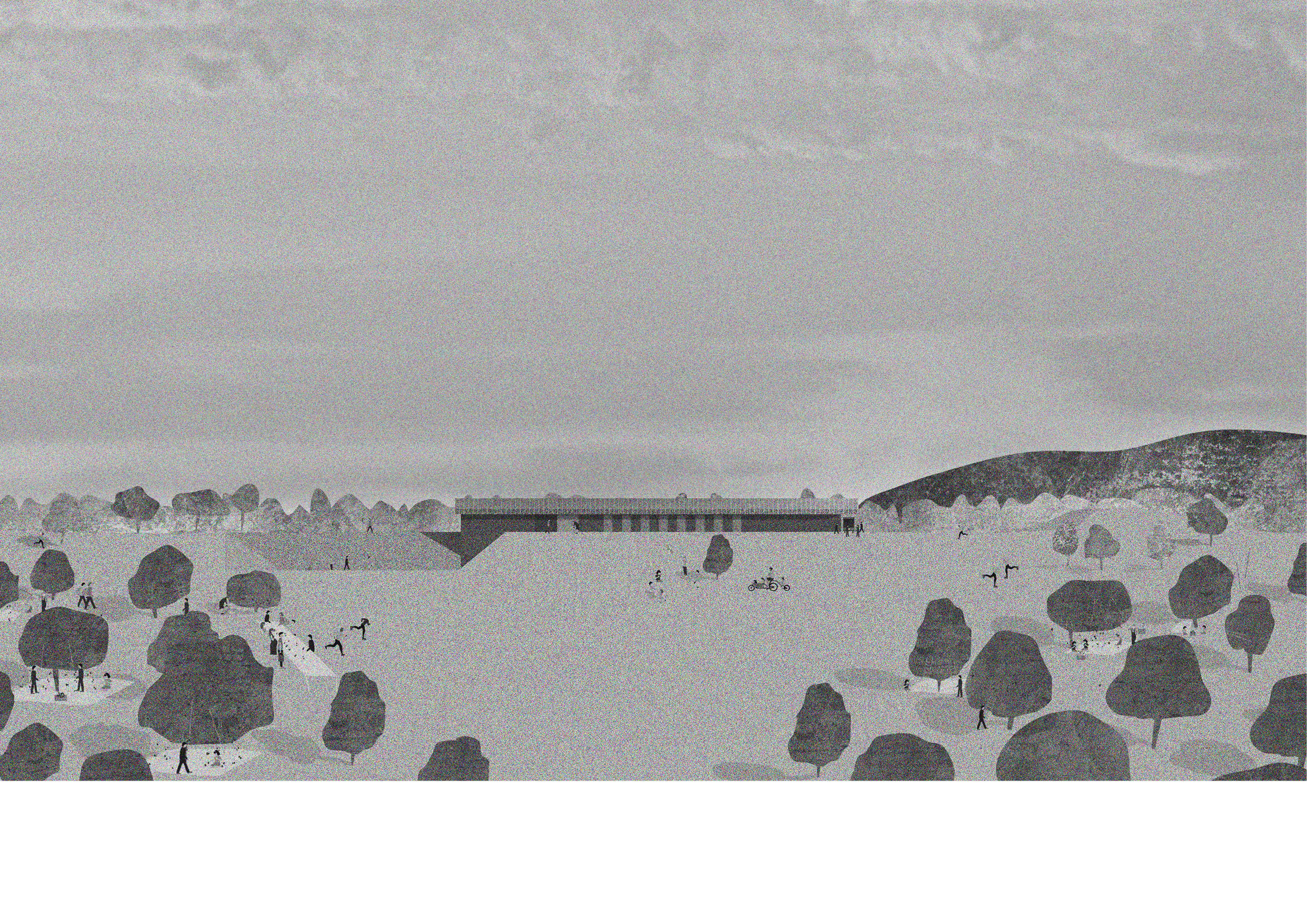Collectolive
Space as a Device for Consciousness of Nature Unconsciousness of Collective Ritual 空間作為精神與自然意識之啟發,引領無意識社會性儀式
RCA Architecture 2018
The studio has the ambition to verify whether architecture, as a discipline, can still challenge norms and behaviours imposed by the present urban condition and thus reclaim a meaning for contemporary practice.
The project is conceived as a reconstructed social pattern of Pantano, the peri-urban area at the very edge of the city, where Rome meets the countryside. Olive as the object of collective ritual, as transformation of the way in which the inhabitants relate with the territory. The inhabitants of a disperse territory of informal settlements can relate with the landscape as a source of collective relationships: the cultivation, harvest, production and exchange. The inhabitants can recognise themselves as a collective body, construct a common identity and present it to the rest of the city.
The project is conceived as a reconstructed social pattern of Pantano, the peri-urban area at the very edge of the city, where Rome meets the countryside. Olive as the object of collective ritual, as transformation of the way in which the inhabitants relate with the territory. The inhabitants of a disperse territory of informal settlements can relate with the landscape as a source of collective relationships: the cultivation, harvest, production and exchange. The inhabitants can recognise themselves as a collective body, construct a common identity and present it to the rest of the city.



Cellules polyvalentes 1960-1975, Chanéac
Acquedotto Claudio
The Archive derived from two selected images as a conceptual and methodological tool to construct constellations of forms and information to which the architectural project is called to give form, representation and organization. Archives are systems of meanings which correspond to collective rituals, codified systems of actions that allow human beings to live together. investigates the potential of architecture to give form to collective rituals, challenging the current organisation of life and opening the tremendous and troubling possibility to reset social conventions and reimagine the savage need to live together.


The Archive project continues to be investigated on the human’s physical and mental relationship with nature, landscape and architecture.
![]()

Settlement, Tao, Orchid Island


Invisible, Equalibrium, Continuity
Flânerie is the act of strolling, with all of its accompanying associations. A plan development on de-efficiency space based on the map from the exsiting natural element on site.
Olive production, distribution, exchange and consumption transform into the landscape and building, and condensed in one architecture form; the building integrated with landscape environmentally and physically. The new territory also allows individual to explore the olive forest freely at the same time experience the olive oil production as a whole. The architecture becomes a new ‘centre’ embodies freedom, existence, and embraces collective ritual.

